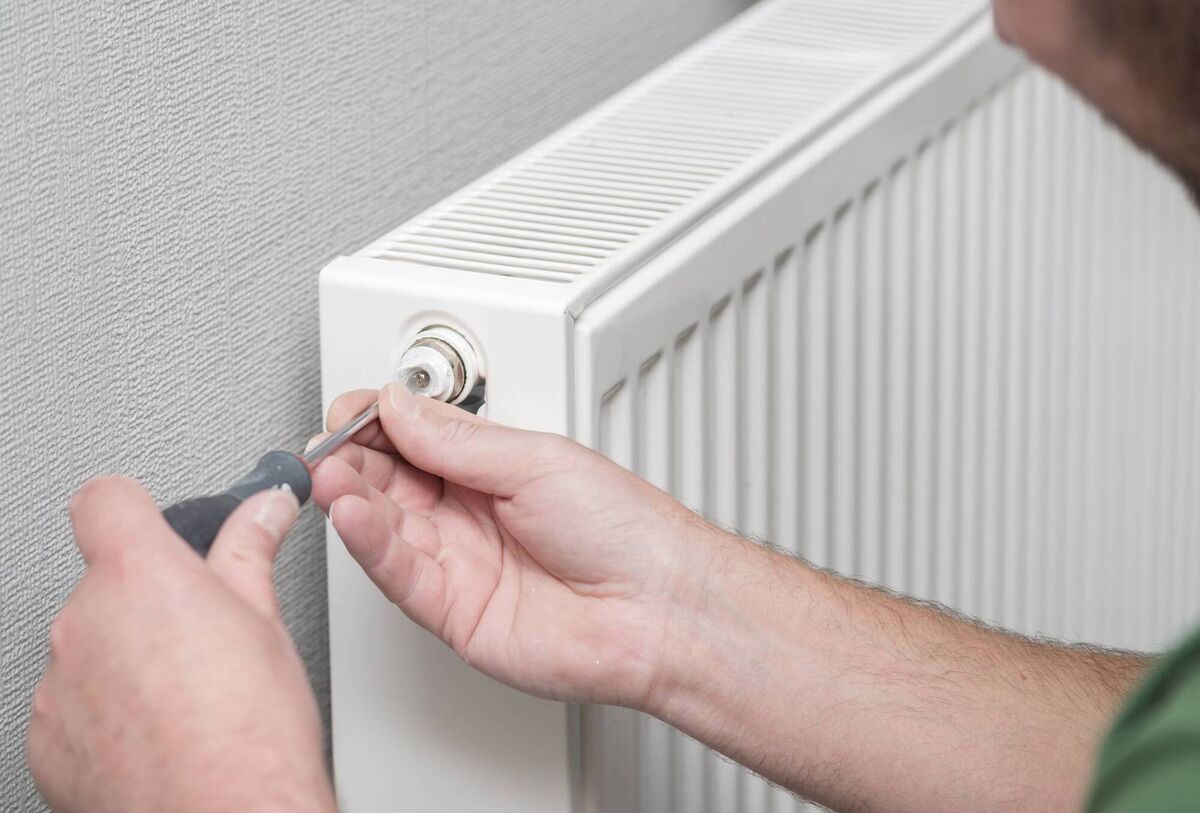Winter is coming. Here's how to get your home ready for it

Whether you have an air-source heat pump or use fossil-fuel central heating, take an hour, and turn the CH system on to check the dry (boiler/fire) and wet end (UFH/radiators and pipes). This does not stand in place of a full annual, professional check appropriate to your fuel and system type and sweeping flues and chimneys. Don’t skimp now and end up cursing your inaction in the depths of December.

Even where you cannot afford to seal the house up in a full insulation retrofit at a professional level, there is plenty you can do to stem uncontrolled air exchange. Basic draught-proofing can cut your kWs for heating by as much as 15%, saving 145kg of CO2 a year.
Ventilation is not a draught, but a controlled air exchange.
Healthy, appropriate air exchanges through mechanical or passive ventilation elements designed into the house (wall vents and trickle vents) are not something we want to interfere with.
A suspended floor requires free, constant ventilation to keep the timbers healthy and to whip away radon gas. It’s the other, unintended, sneaky, small breezes stirring through the house we have to plug up.

We’re trying to whip the rain down from the roof as efficiently and directly as possible and to keep the moisture off vulnerable elements of the house, including wood fascias and soffits and the render (which, with a few discreet cracks, are a lot more permeable than you think). Pooling, cascading water escaping a blocked gutter can do a surprising amount of damage, and once frozen, ice can expand to flip off render.
- Check the paving of your approach paths is level and not likely to cause stumbles
- Cut back overhanging branches on approaches, check trees near the house
- Test the home security system and check that all your locks are in working order
- Install extra outdoor lighting
- Add thermal interlining to existing curtains to warm up windows that you cannot fully draught-proof
- Insulate your outdoor tap against freezing
- Ensure the attic hatches are insulated with a good hank of blanket material on their top face
- Learn about what pipes — hot and cold — should be lagged and installed, using split-sided insulation sleeves where needed
- Store dry goods away in tins and lidded boxes to dissuade weevils and mice
- Clip back climbers that vermin may use to reach your attic
- Buy a bird table that drains freely. Hang it well out of the way of predators
- Check your insurance cover for your home. Switch if it saves you money while preserving the details you need













